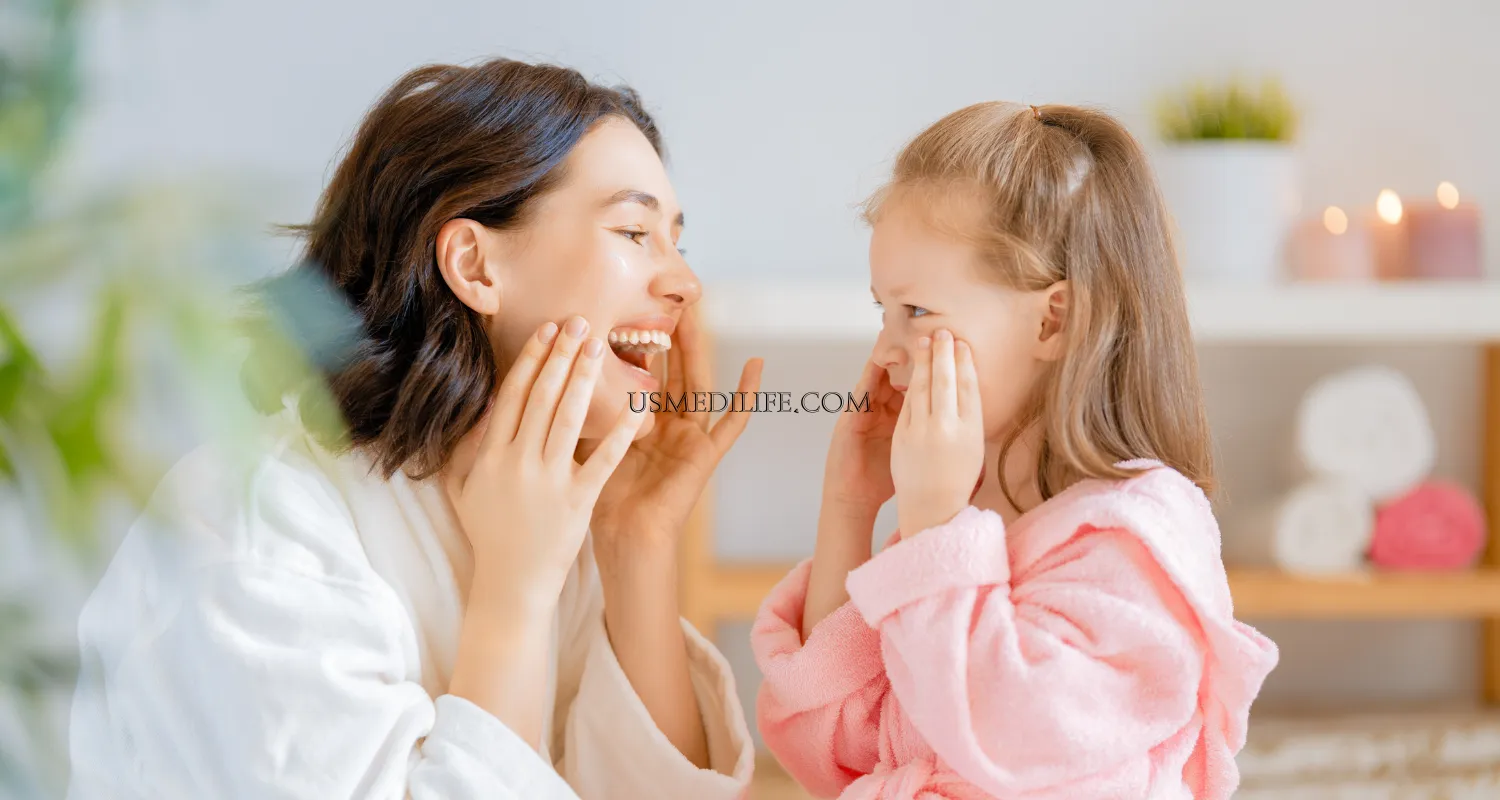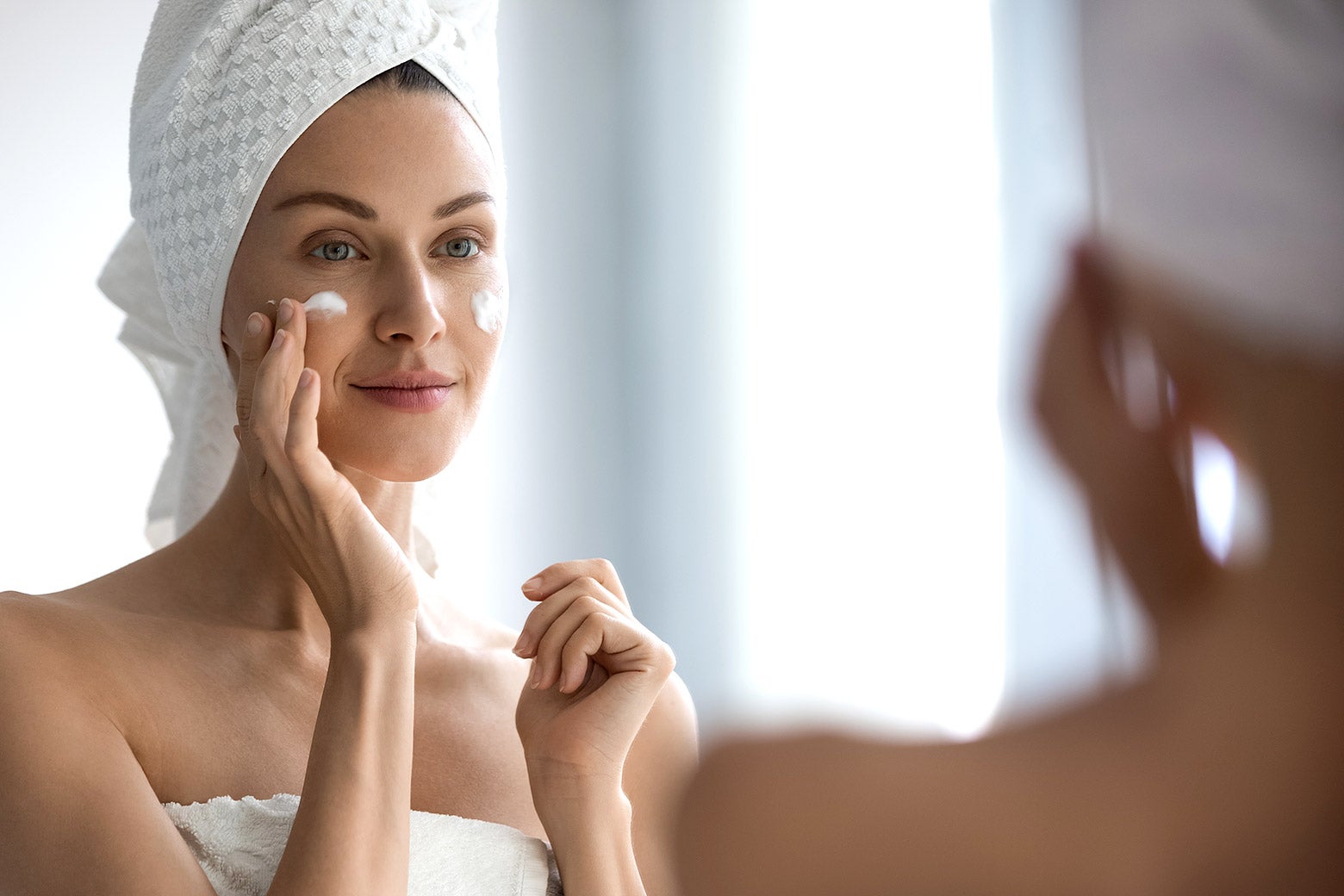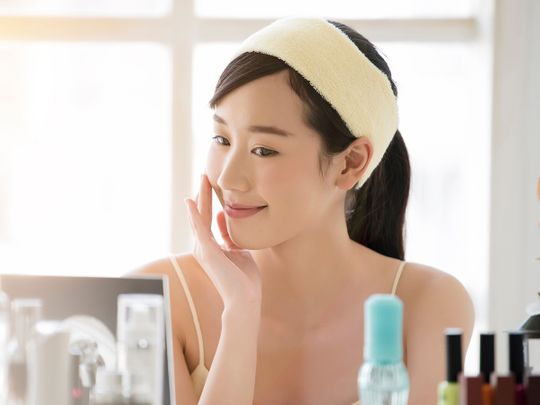
Dr. Ashwini
06-04-2024
10 Frequently Asked Questions About Retin A Creams
Retin-A, as we know its generic name tretinoin, is a form of vitamin A which was obtained at the University of Pennsylvania in the 1960s.
Among all patents we have ever been this one is the most successful one. In place of skin care treatment it has been used for a topical purpose that still effective today.
For the purpose of Retin-A benefits, which is the most important for the purposes of understanding how retin-a works, it is better to elucidate how the skin ages besides the common negative effects of aging.
The superficial cells of the epidermis, namely the keratinocytes, are becoming more sticky and once they crawl to the deeper layers, they tend to stay there longer.
Leaving the skin to look dull, dry as well as rougher is the outcome of this.
The epidermal cells at the base do not replicate as much because they are not growing new cells quickly either.
These outer layer cells have a long lifespan and you can see that as apparent in their fading color over time. The pigmentation rises with time and becomes rather spotty.
Figure out how to Retin A in your beauty routine can be a real struggle sometimes.
While Retin A can interfere with other skin care products and resulting in allergic eye, itchy, or dry skin.
Furthermore, every doctor has a responsibility to use it rightly and it can be a potent remedy for acne and wrinkle reduction.
Top Faqs Related To Retin A Cream Usage
Have you ever thought that Retin A use is not only the solution for acne but also the antiaging treatment?
As Retin A, the skinnacy mentioned product has got one arguably with studying market, the most widely used and efficient topical skin medication.
In spite of that, you cannot pass over the details of the medication fully for having you take rational decision.
This page will be used to acquaint you to the most Retin A oriented FAQ.

Find all the answers below:
What Are The Uses For Tretinoin?
Topical Tretinoin is used for treating mild to moderate Acne, fine wrinkles and hyperpigmentation.
2. What Are The Effects Of Using Tretinoin?
Following the application of Tretinoin to the skin, there often is local inflammation.
This reaction disappears when treatment is neutralize or stopped. Mild stinging or a sensation of warmth also can occur when applying Tretinoin.
The common side effects of Tretinoin are: dryness, Scaling, itching, and redness.
This is not a negative side effect as one wants to achieve shedding of dead skin cells which can be seen as flaking skin on the surface.
Meanwhile, dermally the skin becomes thicker leading to fine line and wrinkle reduction.
3. What Is The Dosage For Tretinoin?
Before Tretinoin application to the skin surface, the affected area has to be washed with a gentle cleaner and dried low-moisture.
Finally, patients should use gentle motion to spread Retin A into the affected area of the skin, applying the medication directly. Increase the amount gradually.
The application is either in the morning or in the evening but every day. As part of a diet regimen, Retin A ought to be a possible consideration for regular usage.
Grown-up skin is known to be thicker and faster-metabolizing; hydrophilic variation, not commercial oil-based retinol cream.
Vitamin A acid (Retinyl palmitate) and vitamin A (Retinol E) that are sold in the form of non prescription Tretinoin have weaker strengths bearing in mind 1/10th strength of prescription Tretinoin.

4. How Often Do You Need to Use Retin A to See Results?
Possibly at the two- or three-weeks mark using the Retin A, you have a better skin look.
On the other hand, when institutions are on a very strict schedule, it may take up to six weeks or more.
The dermatologists say that most of the products have a time period of about 3 weeks according to which the results start showing to the patients, and they can see improvements by the end of 12 weeks.
5. Can You Mix Retin A With Lotion When Applying?
The quickest solution that will give you better effects is not to mix your retinoid formulation with lotion if you want to see visible changes.
In case of remedying the dryness aspect, apply layers of moisturizers. In case you are interested to do it this way, go ahead, you will be just less efficient.
6. How Many Times A Day Should I Use Retin-a Cream?
Retin-A cream frequently is on in the evening making once a day. Begin with a bean-sized applied layer all over the whole face.
During the process try to skip the eyes, mouth, and the areas with the breaks/injuries.
Read the guideline supplied by your physician since every person’s treatment is different depending on the specific skin problem.
7. Can I Use Retin-a Without Moisturizer?
Alternatively, using Retin-A without adequate moisturizer can be expected to cause more severe dryness, irritation and flakiness, especially during the first retreatment stages
That said, you can still apply Retin-A alone, whereas introduction of a moisturizer can help you minimize these side effects and improve skin condition better in the meantime.
Check with your doctor for particular suggestions for you. Our journey into the world of self-care and well-being begins with assessing our overall health.
Being in tune with our well-being requires recognizing our mental, physical, and emotional needs to prioritize and address them effectively.


